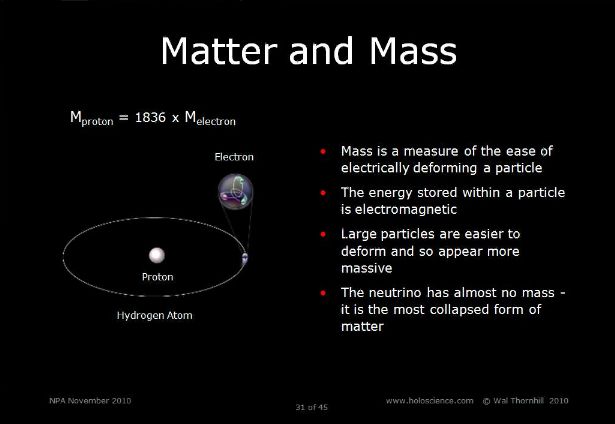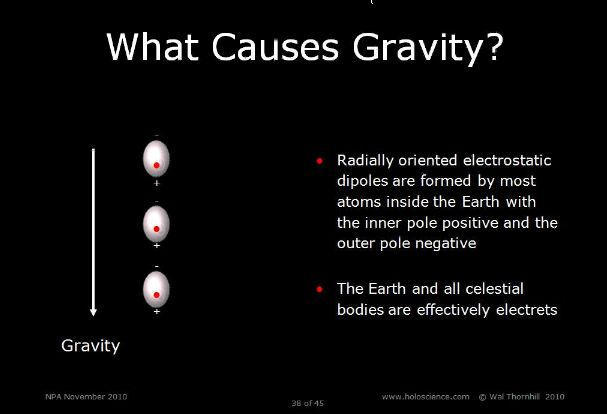I think what you are referring to is the famous experiment carried out by Galileo, in which he demonstrated that two balls of different masses accelerated to the ground at the same rate. This was his test of a 2 millenia-old doctrine of Aristotle's, that lighter and heavier bodies fell at different rates.Anyway, I was thinking about Wal Thornhill's/Ralph Sansbury's model on dipole gravity. If that was the case, wouldn't objects fall at different speeds when in a vacuum? As in, wouldn't the speed at which they accelerate be proportional to the mass and charge they possess?
That's an old, famous experiment: to drop a feather and something heavier in a vacuum to showcase things accelerate at the same rate no matter how massive or not they are.
All gone, at the drop of a hat.
Later, a hammer and a feather were dropped on the moon in Galileo's honor, and more recently, a bowling ball and a feather were dropped in what was supposed to be a perfect vacuum. There is a Conference presentation in which W. Thornhill shows this clip and discusses it, but I simply can't find it.
Electric gravity is an incredibly weak dipole force within the atoms and compounds of each planet, and this dipole is shared by everything on the surface of the planet. It cannot be shielded because for example if you stood on top of a stack of sheet metal on a flat bed truck, the sheet metal would also share the same dipole distortion.

